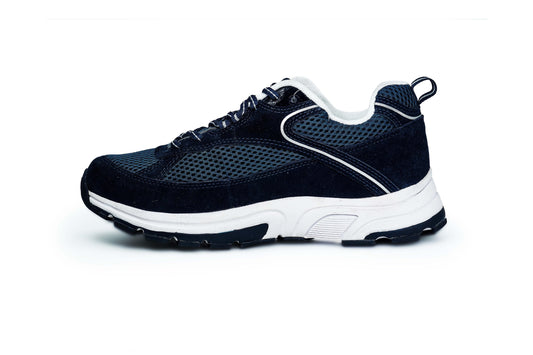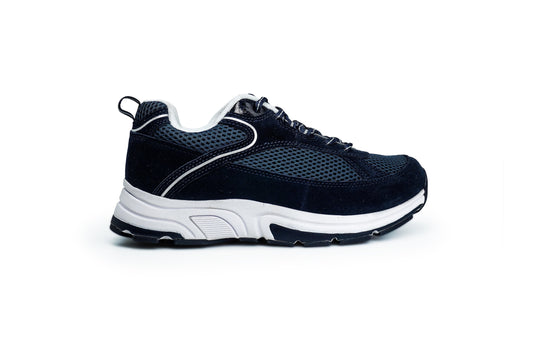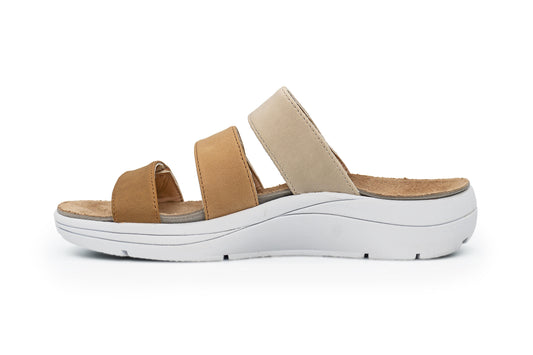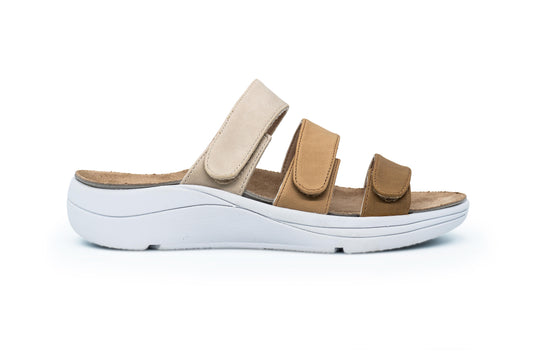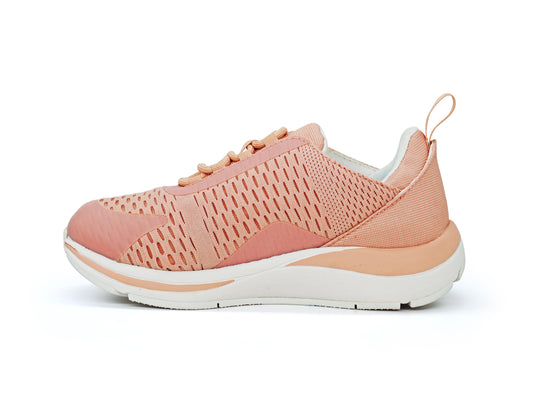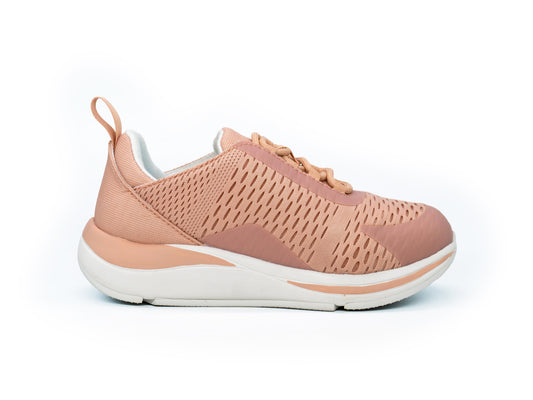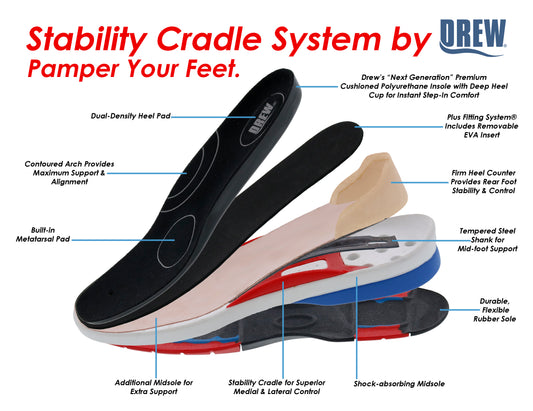Achilles tendinitis is a common condition that can affect anyone, especially those who engage in frequent sports or regular physical activity. It leads to pain and discomfort in the back of the heel, often interfering with daily routines. By understanding its causes, symptoms, and treatment options, you can manage the condition effectively and maintain an active lifestyle.
The Achilles tendon, the largest tendon in the body, connects the calf muscles to the heel bone and plays a vital role in walking, running, and jumping. When inflamed due to repetitive strain or injury, this tendon causes pain and stiffness known as Achilles tendinitis.

Causes of Achilles Tendinitis
Several factors may contribute to its development:
-
Overuse: Repetitive activities like running or jumping without sufficient rest strain the tendon.
-
Tight Calf Muscles: Reduced flexibility in calf muscles increases tendon stress.
-
Sudden Activity Increase: Rapidly ramping up exercise intensity or duration without conditioning the body.
-
Improper Footwear: Unsupportive shoes that lack cushioning or stability can worsen tendon stress. DiabeticShoe.in offers supportive footwear with extra cushioning and arch support that helps reduce strain and improve comfort.
-
Age and Anatomy: Tendons naturally lose elasticity with age, while flat feet or shorter tendons increase risk.
Symptoms to Watch Out For

Typical signs of Achilles tendinitis include pain and stiffness at the back of the heel (especially in the morning), swelling, tenderness to touch, and a reduced range of motion that makes walking or flexing the foot difficult. Recognizing these symptoms early can help prevent complications.
Effective Treatment Approaches
Managing Achilles tendinitis often involves a combination of rest, therapy, and supportive care.
Home Remedies
Resting and avoiding high-impact activities helps prevent further injury. Low-impact exercises like swimming or cycling are better alternatives. Applying ice packs for 15–20 minutes several times a day reduces inflammation. Gentle compression with bandages and elevating the foot also aid recovery.
Pain and Inflammation Relief
Over-the-counter medications such as ibuprofen or naproxen may provide short-term relief, but persistent pain should always be assessed by a professional.
Physical Therapy and Strengthening
A physical therapist can tailor stretching and strengthening exercises to improve flexibility and restore tendon health. These may include calf stretches, wall stretches, or eccentric heel drops, which build tendon strength and resilience.
Orthotics and Supportive Footwear

Orthotic devices like heel lifts or shoe inserts may help reduce tendon strain. Choosing supportive footwear from DiabeticShoe.in can make a significant difference by providing cushioning and better alignment for long-term comfort.
Advanced Options
If symptoms persist despite conservative care, medical professionals may recommend corticosteroid injections or, in severe cases, surgical intervention to repair tendon damage.
Preventing Achilles Tendinitis
Prevention is as important as treatment. Gradually increasing activity levels, wearing properly cushioned shoes, warming up before workouts, and incorporating calf-strengthening exercises can protect the tendon and reduce injury risk.
Finding Your Stride Again
Living with Achilles tendinitis can feel discouraging, but it doesn’t have to limit your lifestyle. With consistent care, proper exercises, and supportive footwear, you can step back into movement with ease. DiabeticShoe.in provides comfort-driven footwear solutions that support foot health and reduce unnecessary strain, helping you walk and move with confidence.

